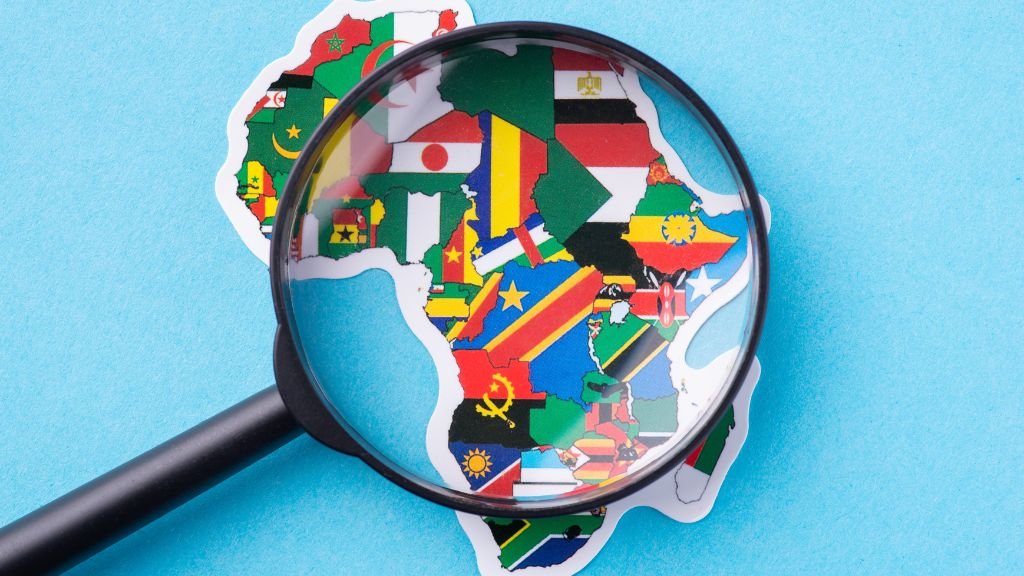
For many African countries, traditional sources of finance are no longer sufficient. Domestic revenue is constrained, and debt burdens are growing. Even with stronger internal reforms, most countries cannot invest at the necessary scale without confronting existing debt pressures and innovating how development is funded.
That is the case made by the Expert Review on Debt, Nature and Climate, whose recent report, “Healthy Debt on a Healthy Planet”, proposes five actionable strategies for shifting African economies onto a greener, more resilient path. Rather than one-size-fits-all solutions, these approaches are designed to work in tandem, mutually reinforcing and tailored to the realities on the ground.
Here are the five key methodologies identified:
Rethinking Macroeconomics: Embedding Climate and Nature in Policy
African economies often face distorted assessments of their debt sustainability because current macroeconomic models fail to factor in environmental risks and resilience investments.
The report urges institutions such as the IMF and World Bank to reform their Debt Sustainability Frameworks (DSFs) to include climate shocks, nature loss and the long-term economic value of building resilience. This would allow African nations to present a more accurate fiscal picture, potentially improving credit ratings and unlocking better financing terms.
By integrating stock-flow consistent models and resilience-based forecasting, countries can plan with more clarity and confidence.
Linking Debt Relief to Resilience Investments
With several African nations already in or approaching debt distress, the report makes a bold recommendation: debt restructuring or refinancing tied directly to climate and nature outcomes.
Countries that commit to resilience-building investments aligned with their Nationally Determined Contributions (NDCs), Adaptation Plans or Biodiversity Strategies should be eligible for additional debt relief. This approach creates a win-win: easing fiscal pressure today while laying the foundation for long-term sustainability and growth.
Scaling Up Proven Tools: Debt Swaps and MDB Reform
Debt-for-Nature swaps have shown promise but remain underused. The report calls for these tools to be standardised and scaled, reducing transaction costs and making them more accessible to governments across Africa.
In parallel, Multilateral Development Banks (MDBs) should be recapitalised and reformed to issue long-term, climate-smart financing—with maturities stretching 30 to 40 years. This would give African countries the runway they need to invest in low-carbon, nature-positive infrastructure without worsening debt vulnerability.
Mobilizing Private Capital: A New Financing Platform
The public sector alone cannot meet Africa’s development finance needs. To bridge the gap, the report proposes establishing a global Finance Facility against Climate Change (F2C2). Backed by future aid commitments, the facility would issue green bonds and mobilise up to $1 trillion for climate action.
At the same time, Development Finance Institutions (DFIs) should co-design innovative, equity-like instruments that adjust repayments based on fiscal performance and social impact—especially for resilience-focused infrastructure.
Strengthening Domestic Resource Mobilization
While international finance is essential, so too is domestic capacity. Many African countries collect less than 15% of GDP in tax revenues—well below global benchmarks. The report recommends eliminating environmentally harmful subsidies, introducing or expanding carbon pricing, and investing in fiscal policy reform.
A proposed international technical assistance platform would provide a “one-stop shop” to help countries align budgets, tax policy, and investment plans with both development and environmental goals.
A Call for Integrated Action
The Expert Review’s recommendations are not meant to compete but to complement one another. Combined, they chart a practical roadmap toward a future where debt sustainability and environmental stewardship are not competing priorities but two sides of the same coin.

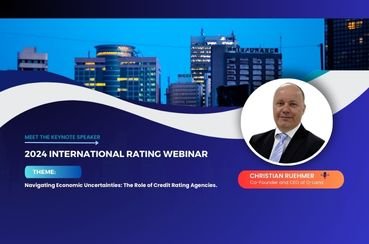

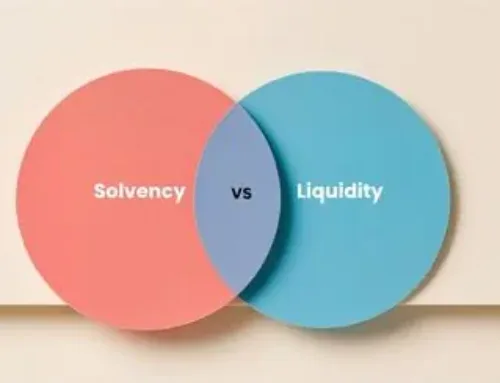
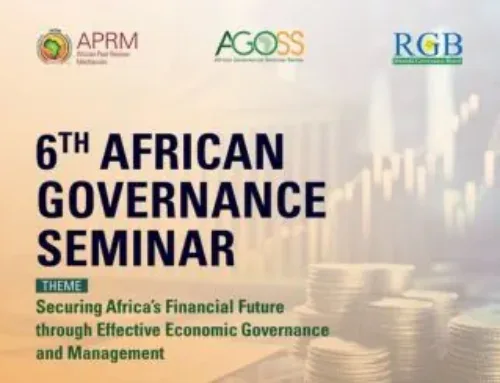
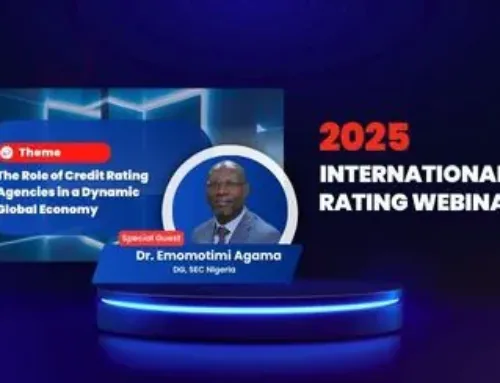


Leave A Comment